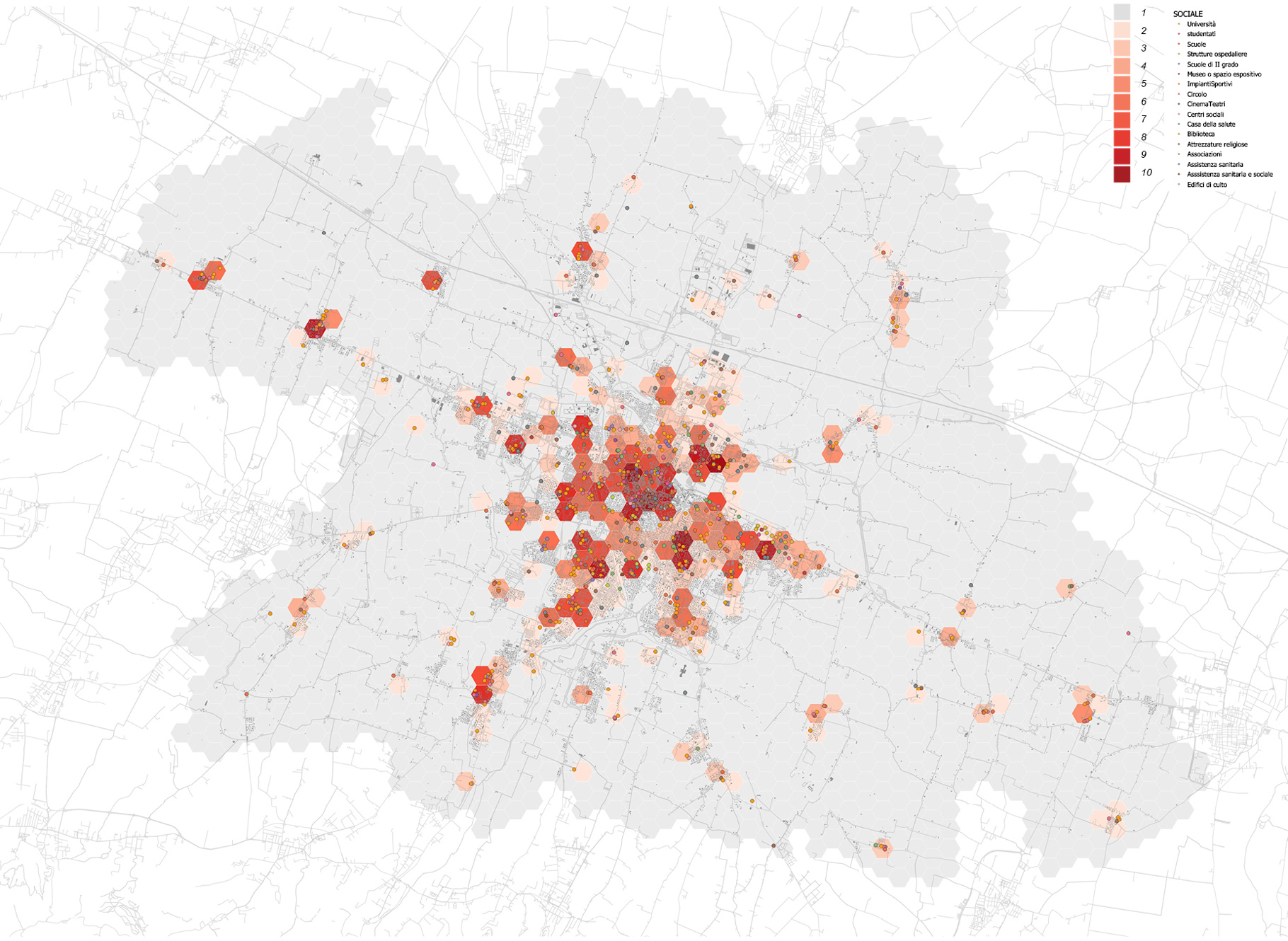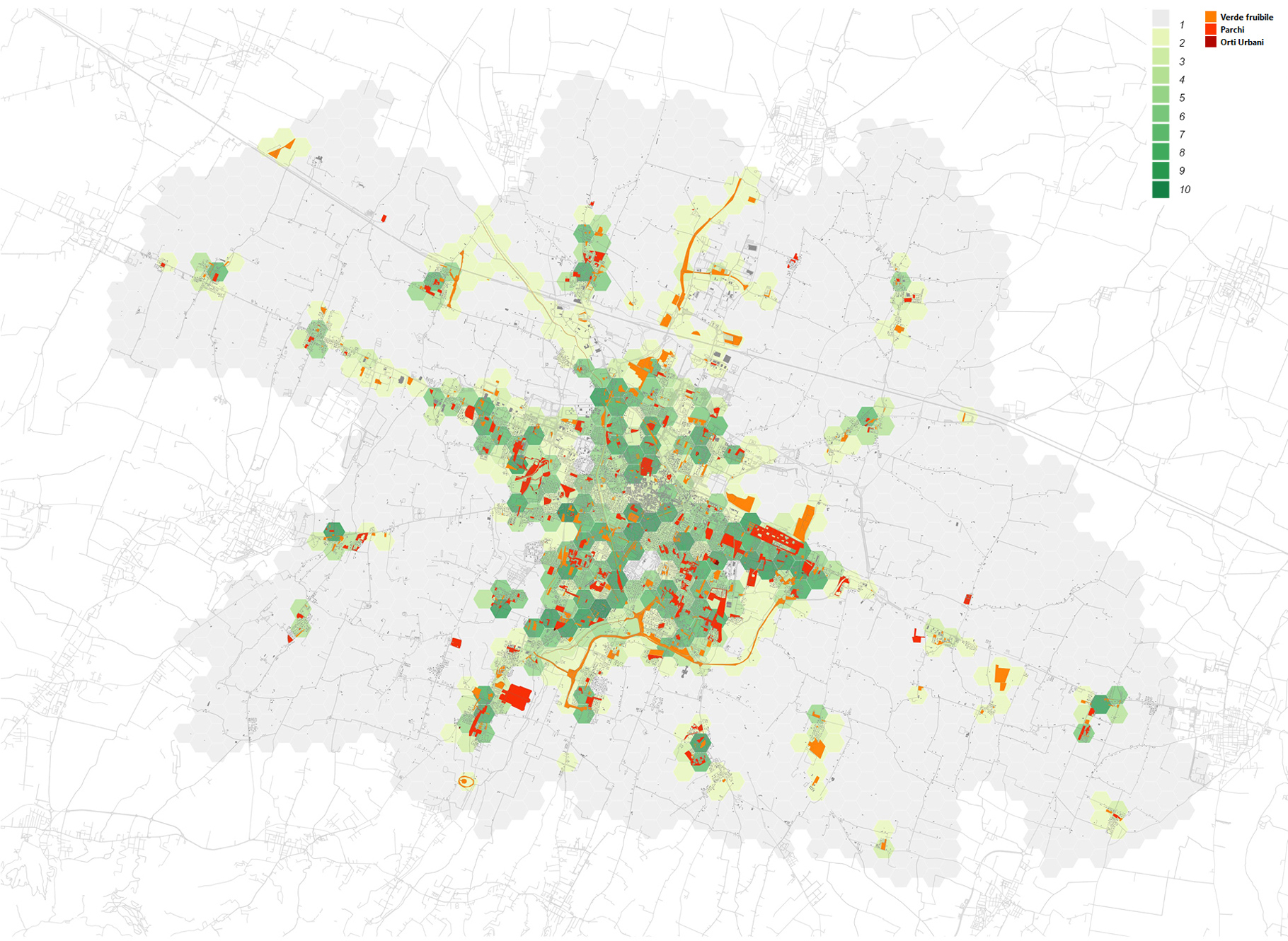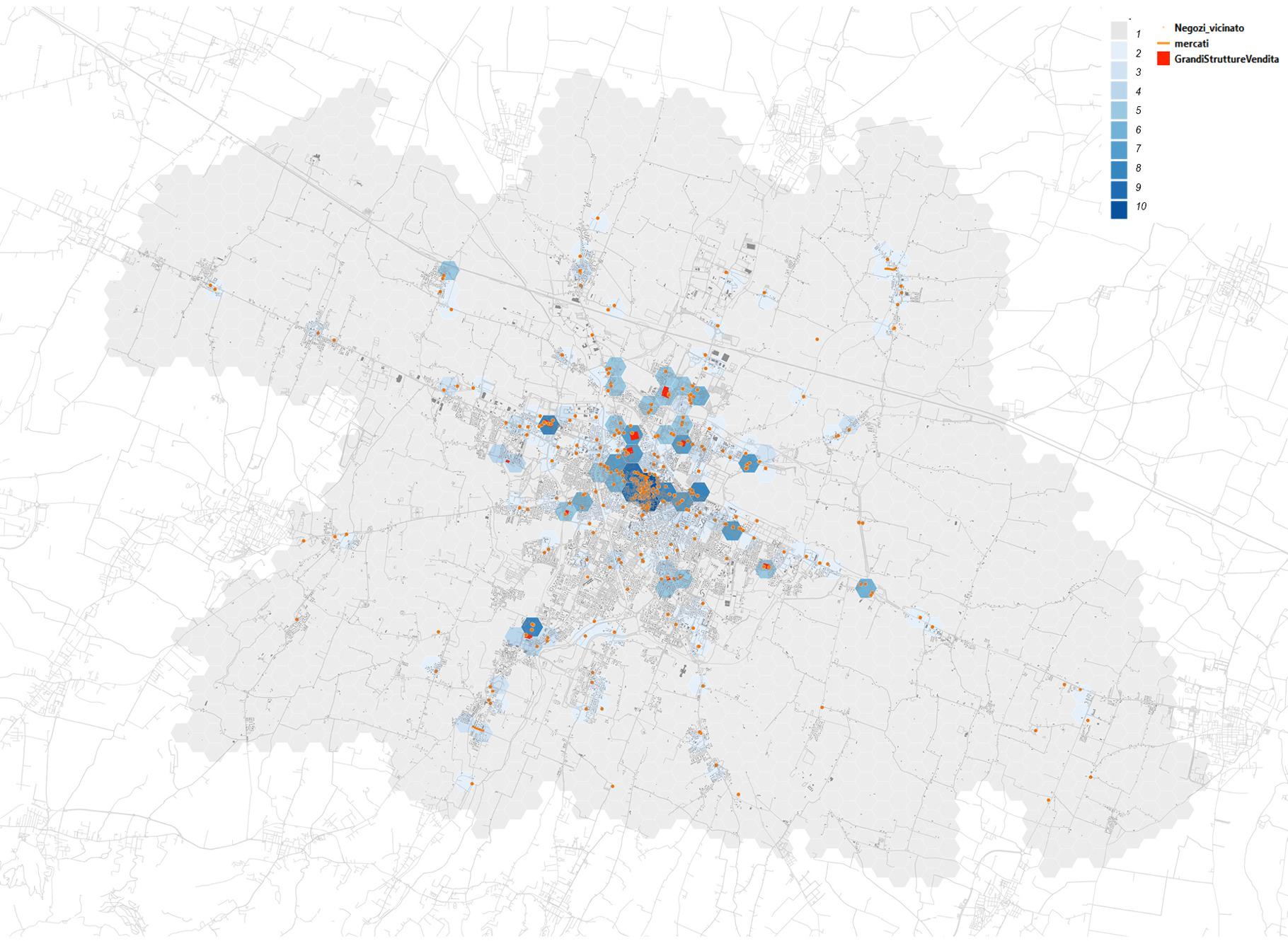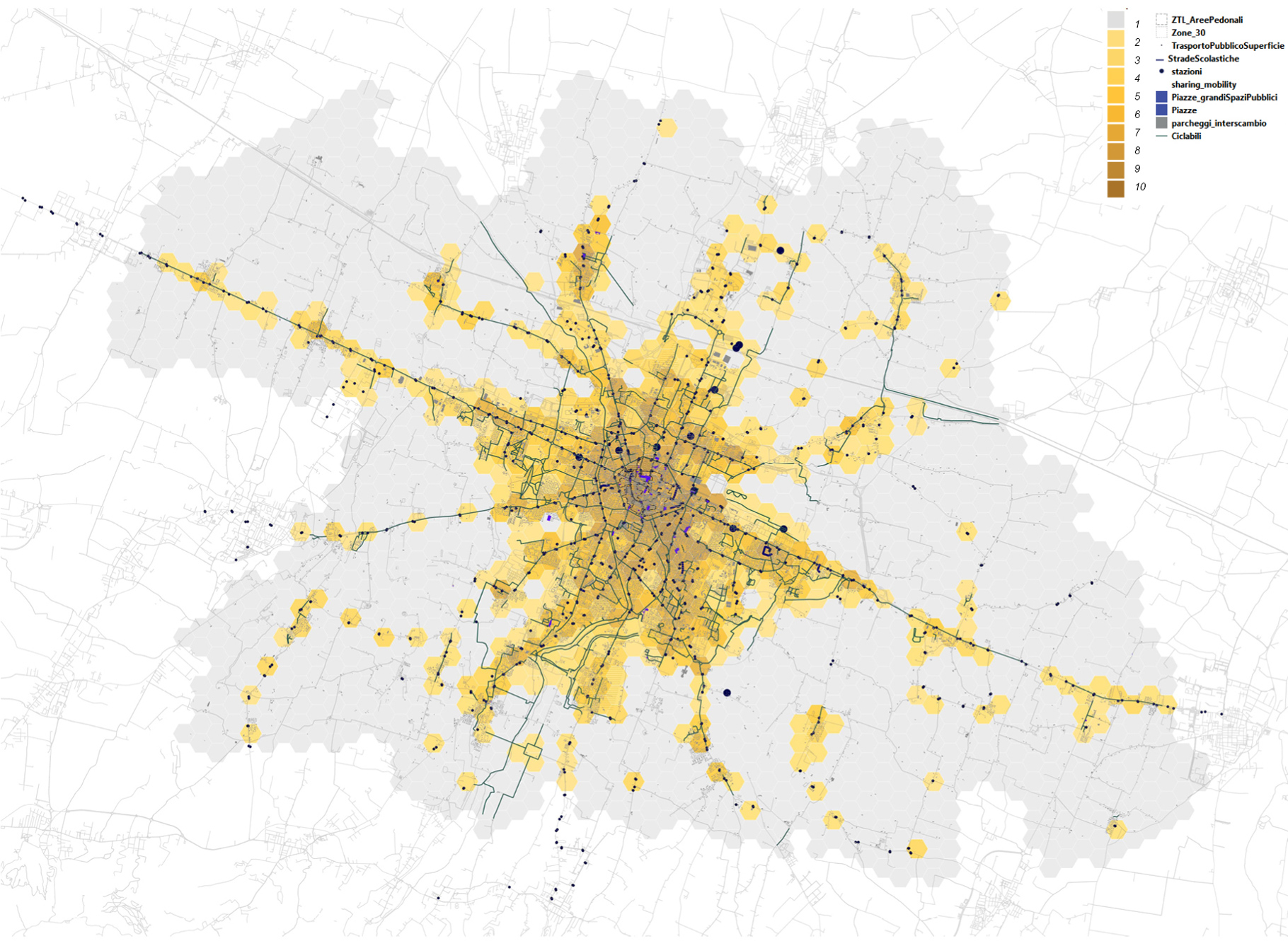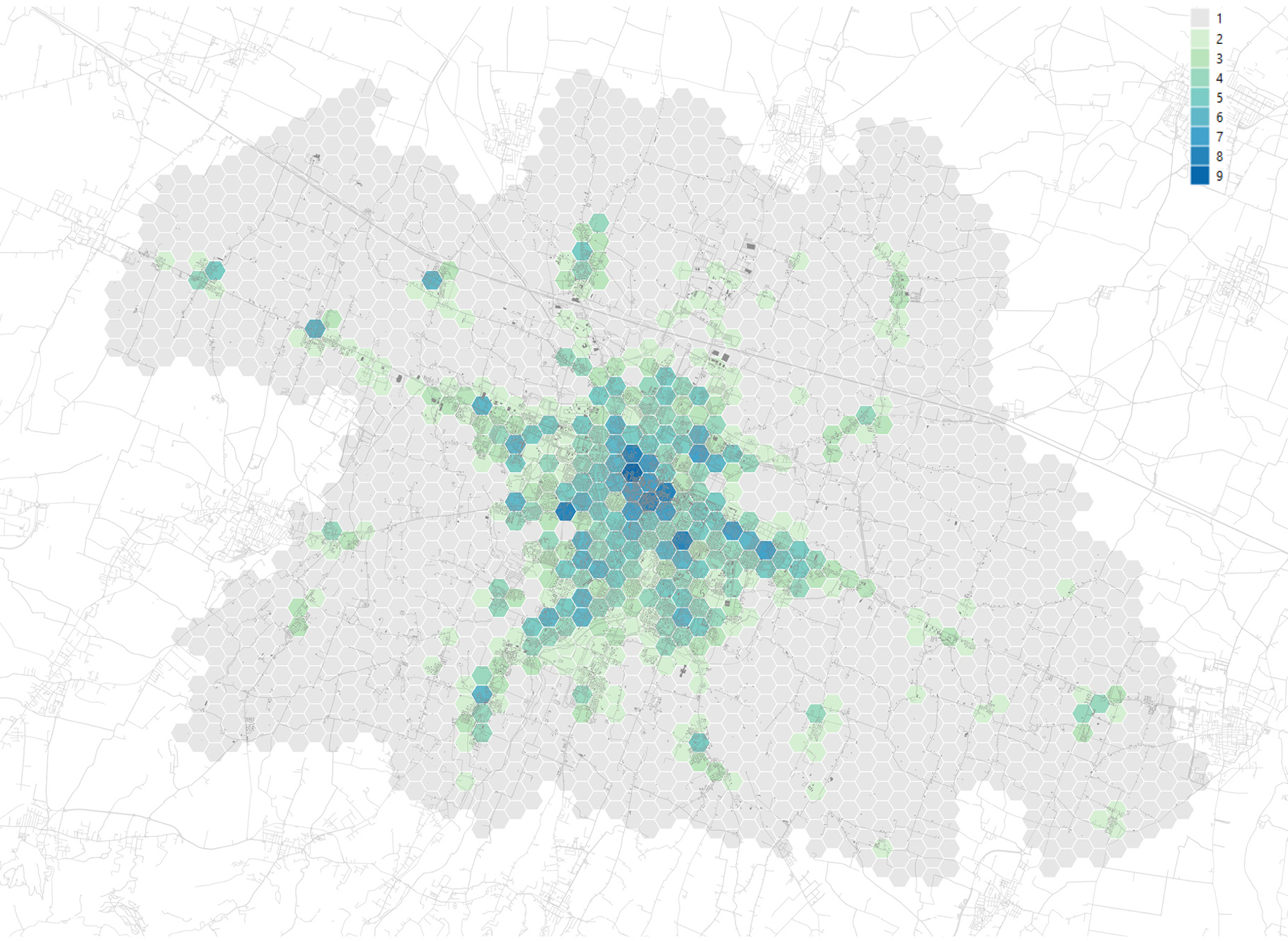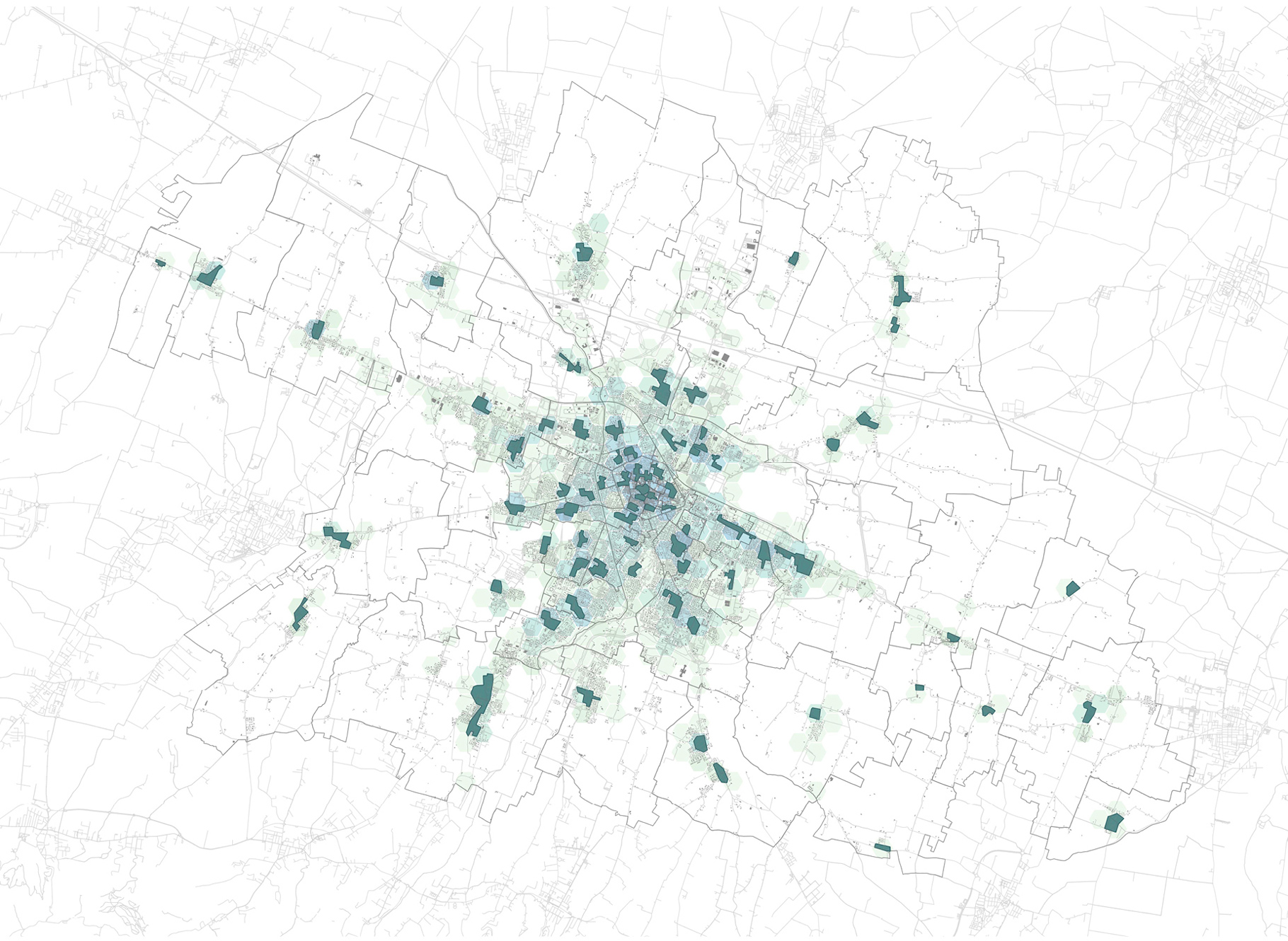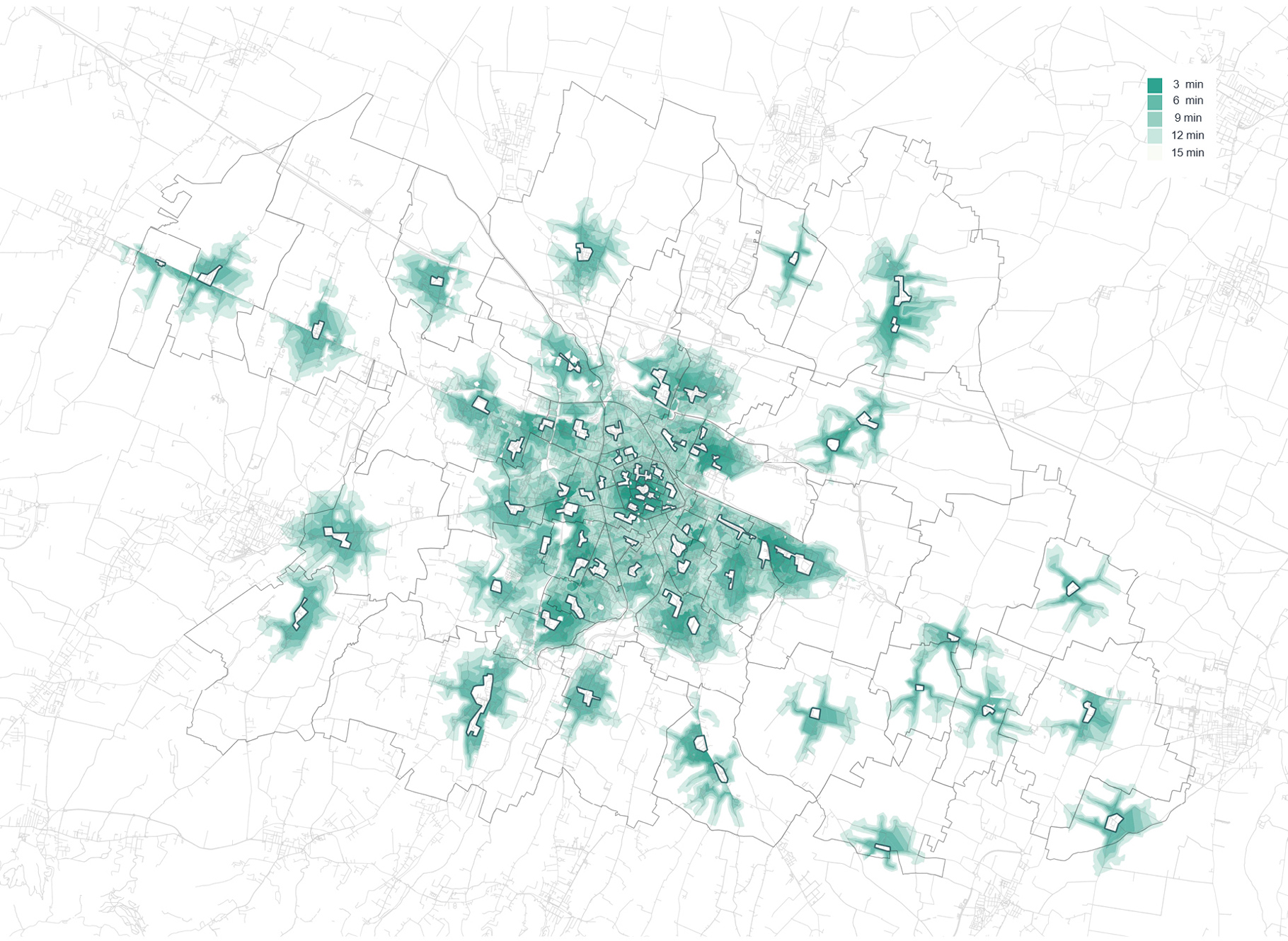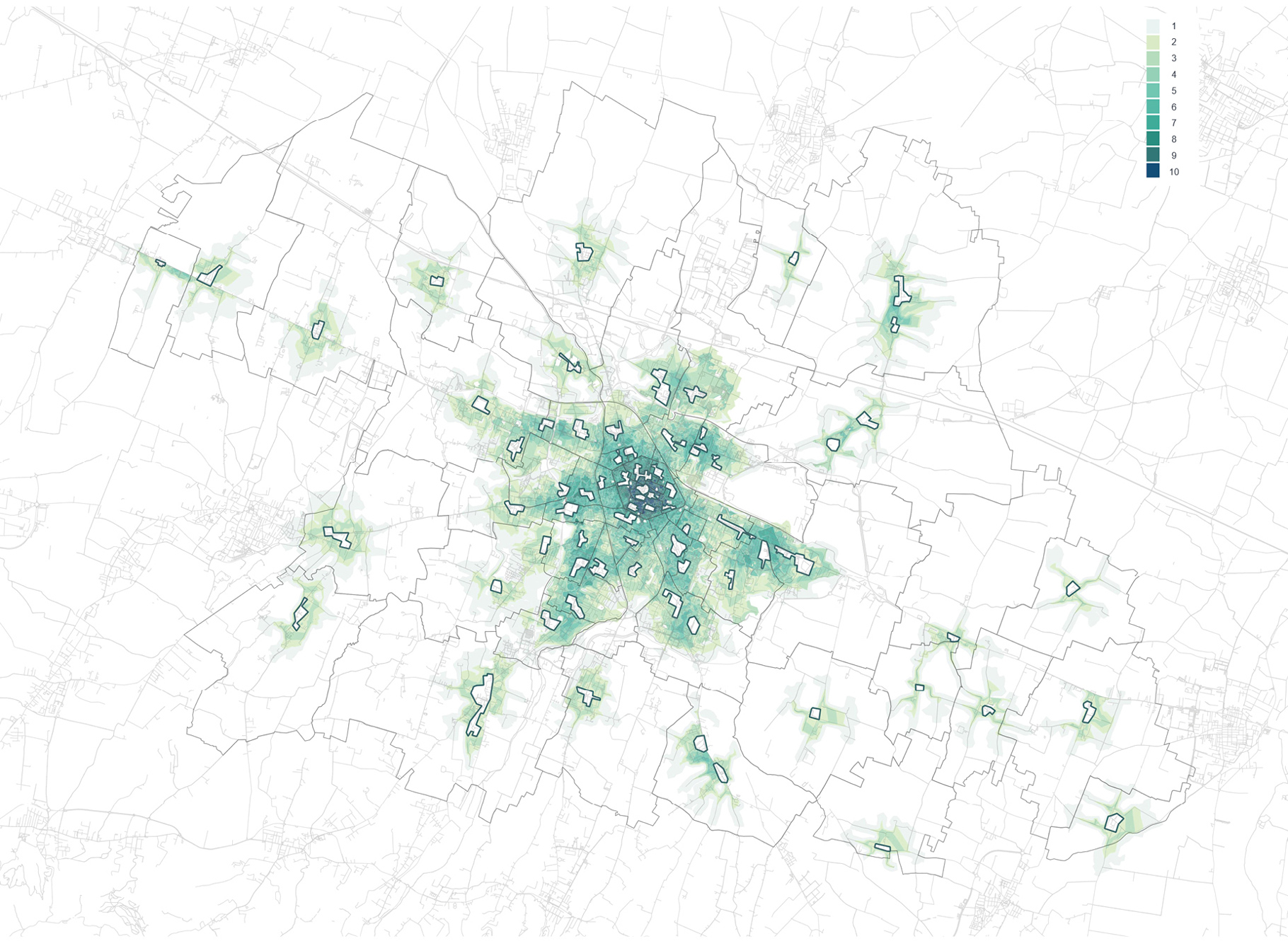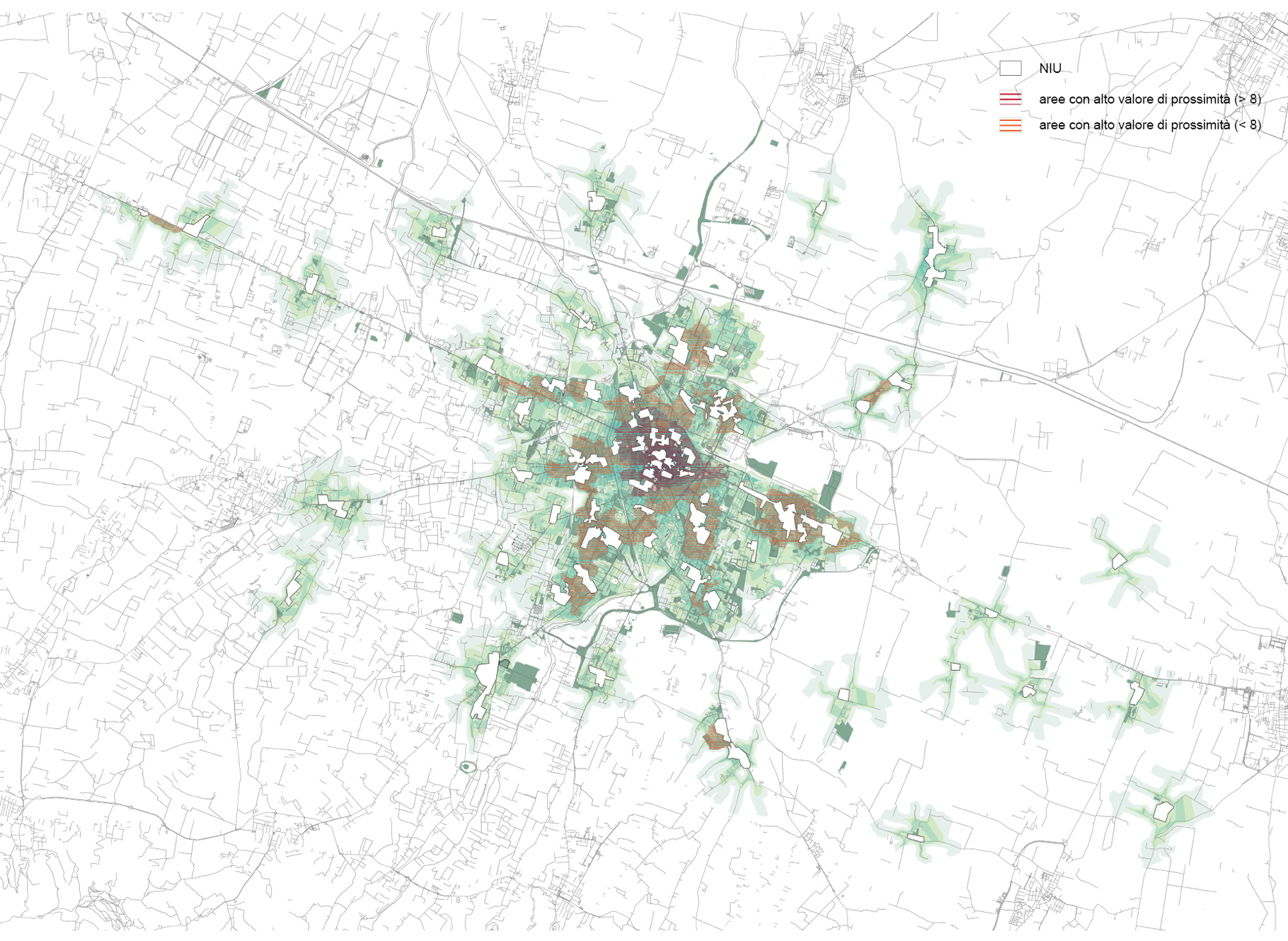Reading the city through proximity. The case of Reggio Emilia
Reggio Emilia, Italy
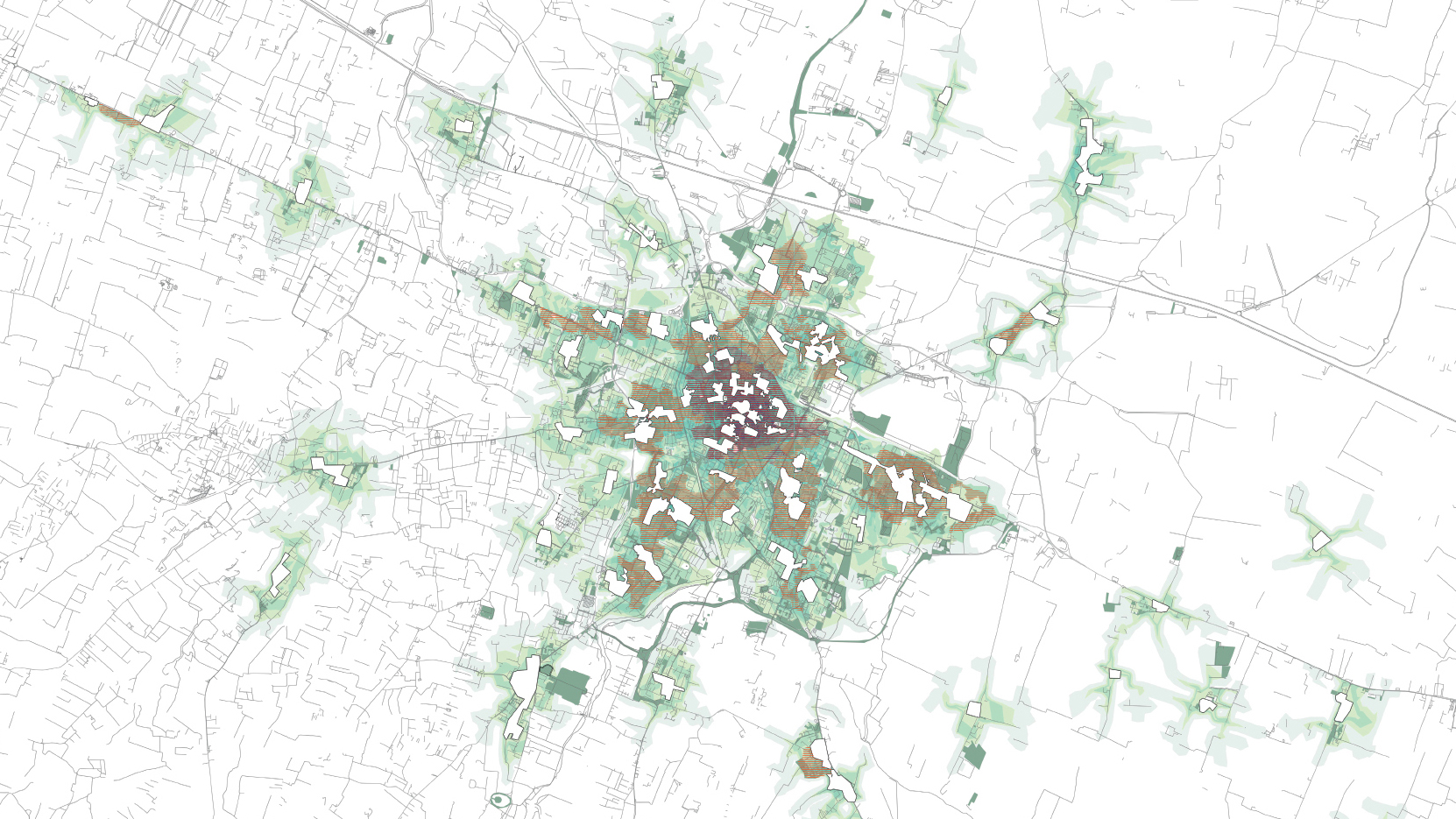
The Municipality of Reggio Emilia has defined guidelines and content for a strategy to reorganise mobility and promote the hybrid use of public space.
MIC-HUB outlined the principles of proximity urbanism and its potential in the context of Reggio Emilia.
The team analysed and mapped the territory, focusing on the neighbourhood scale, and studied the connection between the polarities and their relations of proximity.
The introduction of a model based on proximity urbanism alters the demand for inner-city travel.
This perspective reduces displacements towards the historic centre, enriching core areas with proximity services, and positively impacting the differentiation and quality of city movements within the urban system.
Location
Reggio Emilia, Italy
Client
Comune di Reggio Emilia
Main expertise
Regional & Urban Transport Planning
PROJECT HIGHLIGHTS
- Principles of proximity urbanism applied to the city of Reggio Emilia
- Definition of proximity through transitions, avoiding the insertion of boundaries between cores
- Definition of a tool to identify and select the contexts necessary for the implementation of projects
- Application of strategies and actions to pilot projects
Project gallery
Our contribution
The team applied concepts borrowed from ecology – habitats, transition areas, ecotones – to the urban environment. Using these principles, two distinct urban units were defined.
The polarities – where active city life happens – were identified as UICs (Urban Intensity Cores) and ecotone areas – transition areas between the cores – were classified as UTAs (Urban Transition Areas).
This approach included the definition of pedestrian accessibility that can trigger the redesign of public spaces to initiate long-term physical, social, economic, and environmental benefits, increasing the sustainability of the whole urban system.
This methodology will help create a 30 km/h city by transforming road design and placing the focus on pedestrians and sustainable mobility. This, in turn, will create a better public space for the city and its citizens.
MIC-HUB prepared the Feasibility Project for the Improvement of Road Safety and Environmental Quality in Densely Populated Areas: City 30 and the Hamlets, for the Municipality of Reggio Emilia, Italy. The project is financed by the Design Fund for Priority Works provided for in Decree no. 171 of 10/05/19 by the Minister for Infrastructure and Transport.
